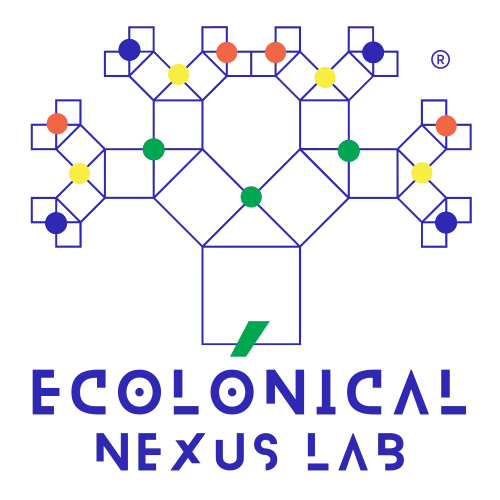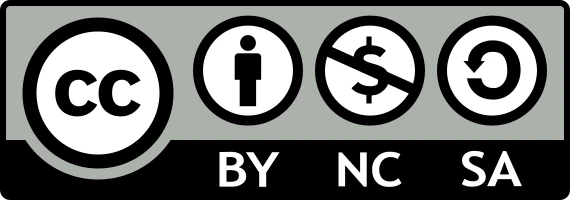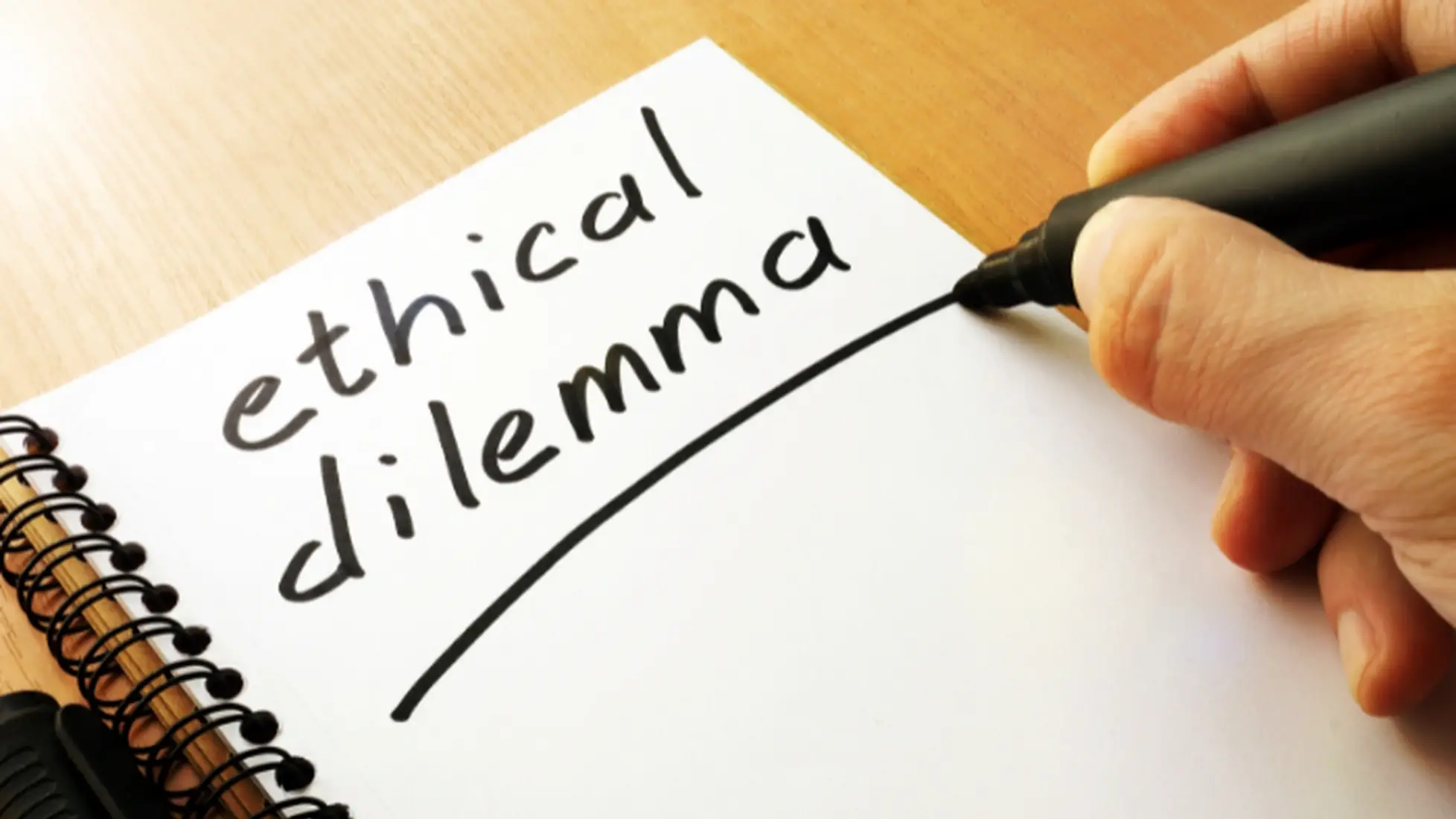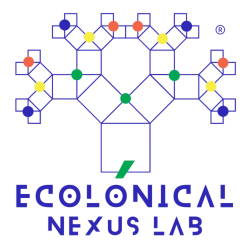No products in the cart.
Unveiling the Ethics of AI and Language Models in Art
Contents
I. Abstract
“LLMs are sophisticated constructs in the field of natural language processing that employ deep learning algorithms to produce text that is not only coherent but also contextually appropriate in response to given prompts. These models, leveraging vast datasets and complex neural network architectures, excel at understanding and generating language patterns, making them highly effective for a wide range of applications.”
II. Introduction
- Investigate the application of LLMs in artistic fields, pinpointing key trends and applications.
- Examine the legal challenges and ethical dilemmas that arise from integrating AI in these domains, including intellectual property rights, privacy concerns, and algorithmic bias.
- Explore the societal ramifications of AI on creative expression, authorship, and cultural production in the context of LLMs and art.
- Analyze existing legal frameworks, regulatory measures, and ethical guidelines related to AI and LLMs in art, assessing their efficacy in mitigating emerging challenges.
- Propose actionable recommendations and strategies to promote the responsible and ethical utilization of AI and LLMs in art, fostering innovation while upholding legal and ethical norms.
III. Background
A. The Transformative Potential of AI in Art
B. Legal Challenges in the Age of AI Art
C. Societal Impact and Cultural Implications
D. Frameworks, Regulations, and Ethical Guidelines
F. Strategies for Responsible and Ethical AI in Art
IV Methodology
V Discussing Findings in LLMs, Ethics, and Art
A. Related Keywords with High Degree Centrality: Revealing Prominence and Significance
- “Copyright” (degree = 31): The Ethical and Legal Cornerstone
Leading our analysis is the keyword “copyright,” with a degree centrality score of 31. This score underscores the importance of copyright concerns within the intersection of LLMs, ethics, and art. It signifies not only the legal framework but also the ethical considerations surrounding the creation, use, and dissemination of artistic works generated by LLMs. The high degree centrality of “copyright” emphasizes the need for ongoing discussions and research into the ethical and legal implications of AI-generated art within the context of intellectual property rights.
- “Artificial Intelligence” (degree = 23): Technology at the Core
The keyword “artificial intelligence” garners considerable attention with a degree centrality of 23. This reflects the pivotal role of AI technology in shaping the discourse of LLMs, ethics, and art. Within this context, “artificial intelligence” serves as the foundation upon which discussions about the creative potential of LLMs and the ethical considerations associated with AI-generated art are built. Its prominence underscores the transformative influence of AI in the artistic landscape and emphasizes the need for ethical guidelines and critical reflections on the deployment of such technology.
- “Intellectual Property” (degree = 24): Safeguarding Creative Works
The keyword “intellectual property” holds a significant degree centrality score of 24, emphasizing its relevance in safeguarding the creative outputs emerging from LLMs in the realm of art. Intellectual property rights, as represented by this keyword, play a crucial role in defining ownership, usage, and distribution of AI-generated artistic creations. The high degree centrality of “intellectual property” underscores its interconnectedness with ethical considerations and legal frameworks, as it forms a cornerstone in addressing questions related to authorship, ownership, and rights in the context of AI-driven art.
- “Natural Language Processing (NLP)” (degree = 20): Nurturing Linguistic Creativity
With a degree centrality of 20, “natural language processing (NLP)” emerges as a central theme in our analysis. This keyword underscores the significance of language-related technology in the creation and interpretation of artistic works generated by LLMs. NLP technologies not only enable linguistic creativity but also raise pertinent ethical questions about the authenticity and authorship of AI-generated text-based art. Its prominence indicates that discussions surrounding NLP’s role in artistic expression and ethical implications are integral to the broader discourse.
B. Related Keywords Reflecting the Nexus of LLMs, Ethics, and Art
- “LLM” (degree = 14): As a fundamental component of our research, “LLM” signifies the relevance and ubiquity of large language models in this context. Its degree centrality score highlights its central position within discussions of AI-generated art and ethical considerations.
- “Deep Learning” (degree = 14) and “Machine Learning” (degree = 14): These terms denote the transformative technologies that underpin the capabilities of LLMs. Their degree centrality scores emphasize their influence on artistic creation and the ethical inquiries stemming from machine-generated art.
- “Peer Review” (degree = 14): The presence of this keyword highlights the scholarly evaluation and ethical scrutiny of AI-generated artistic works. Peer review is crucial in assessing the quality and ethical dimensions of such creations.
C. Expanding Horizons and Societal Implications
- “Academic Libraries” (degree = 13) and “Change Management” (degree = 13): These keywords underscore the evolving landscape of academic institutions in response to the integration of AI and LLMs, emphasizing the adaptation of scholarly services and practices.
- “Accessibility” (degree = 4) and “African Studies” (degree = 18): These keywords extend the discourse beyond academia, highlighting broader societal implications and diverse perspectives related to the intersection of LLMs, ethics, and art.
D. Recommendations for Responsible AI Integration
- Promoting Transparency and Attribution: Ensure accountability and ethical conduct by promoting transparency and proper attribution of AI-generated content. Establish clear guidelines for identifying AI-generated works.
- Addressing Algorithmic Bias: Crucially, mitigate algorithmic bias through diverse and representative datasets. Incorporate bias assessment and mitigation strategies into AI development processes.
- Updating Legal Frameworks: Responsively update legal frameworks to address the evolving AI landscape. Draft new legislation and regulations to tackle emerging challenges and secure legal protection for all stakeholders.
- Fostering Education and Awareness: Vital to the effort is building awareness and providing education about the ethical implications of AI. This involves training artists, authors, and creators to understand AI’s impact on their work and promoting responsible AI use.
- Encouraging Interdisciplinary Collaboration: Essential to the solution is encouraging collaborative efforts between experts in AI, ethics, law, and the arts. Interdisciplinary approaches can lead to more comprehensive and ethically sound solutions.
- Embracing Creative Commons and Open Source: Embrace the principles of Creative Commons licensing and open-source development in the creation and sharing of AI-generated art. These approaches enhance accessibility, transparency, and ethical practices in the field.
V. Conclusions
VII References
- Bogdanovych, A., Rodriguez-Aguilar, J. A., Simoff, S., & Cohen, A. (2010). Authentic interactive reenactment of cultural heritage with 3D virtual worlds and artificial intelligence. Applied Artificial Intelligence, 24(6), 617–647.
- Bolin, M. K. (2022). Refocusing Academic Libraries Through Learning and Discourse: The Idea of a Library. Chandos Publishing.
- Darewych, T. (2023). The Impact of Authorship on Aesthetic Appreciation: A Study Comparing Human and AI-Generated Artworks. Art and Society, 2(1), 67–73.
- Dergaa, I., Chamari, K., Zmijewski, P., & Ben Saad, H. (2023). From human writing to artificial intelligence generated text: examining the prospects and potential threats of ChatGPT in academic writing. Biology of Sport, 40(2), 615–622.
- Ebers, M. (2020). Regulating AI and Robotics: Ethical and Legal Challenges. In M. Ebers & S. Navas (Eds.), Algorithms and Law (pp. 37-99). Cambridge: Cambridge University Press.
- General Data Protection Regulation (GDPR) (2016). Regulation (EU) 2016/679 of the European Parliament & Council of the European Union. Regulation (eu), 679, 2016.
- Gephi Software
- Ginsburg, J. C., & Budiardjo, L. A. (2018). Authors and Machines. SSRN Electronic Journal.
- Guidotti, R., Monreale, A., Ruggieri, S., Turini, F., Giannotti, F., & Pedreschi, D. (2018). A Survey of Methods for Explaining Black Box Models. ACM Computing Surveys, 51(5), 1–42.
- Goodman, B., & Flaxman, S. (2017). European Union Regulations on Algorithmic Decision-Making and a “Right to Explanation.” AI Magazine, 38(3), 50–57.
- Gotterbarn, D. W., Brinkman, B., Flick, C., Kirkpatrick, M. S., Miller, K., Vazansky, K., & Wolf, M. J. (2018). ACM code of ethics and professional conduct.
- Guo, C., Lu, Y., Dou, Y., & Wang, F.-Y. (2023). Can ChatGPT Boost Artistic Creation: The Need of Imaginative Intelligence for Parallel Art. IEEE/CAA Journal of Automatica Sinica, 10(4), 835–838.
- Hagendorff, T., Bossert, L. N., Tse, Y. F., & Singer, P. (2022). Speciesist bias in AI: how AI applications perpetuate discrimination and unfair outcomes against animals. AI and Ethics.
- Harrer, S. (2023). Attention is not all you need: the complicated case of ethically using large language models in healthcare and medicine. EBioMedicine, 90, 104512.
- Hewitt, J., Latimer, S., Deakin, J., Ranse, K., Lawson, C., & Grealish, L. (2022). The factors that act as barriers and enablers to the implementation of voluntary assisted dying services in acute care health settings: a systematic mixed studies review and secondary analysis. March – May 2022, 39(2).
- Jaggs-Fowler, R. (2022). The Law and Medicine: Friend or Nemesis?
- McLennan, S., Fiske, A., Tigard, D., Müller, R., Haddadin, S., & Buyx, A. (2022). Embedded ethics: a proposal for integrating ethics into the development of medical AI. BMC Medical Ethics, 23(1).
- Mpinga, E. K., Bukonda, N. K., Qailouli, S., & Chastonay, P. (2022). Artificial Intelligence and Human Rights: Are There Signs of an Emerging Discipline? A Systematic Review. Journal of Multidisciplinary Healthcare, Volume 15, 235–246.
- Negishi, Y. (2020). The forgotten principle of fraternity: Re-interpreting the last three articles of the Universal Declaration of Human Rights. In Human Rights in Times of Transition (pp. 41-63). Edward Elgar Publishing.
- Ogunyemi, K. (2020). The relevance of African virtue ethics traditions today. African Virtue Ethics Traditions for Business and Management, 155–165.
- Ray, P. P. (2023). ChatGPT: A comprehensive review on background, applications, key challenges, bias, ethics, limitations and future scope. Internet of Things and Cyber-Physical Systems, 3, 121–154.
- Scopus Database
- Shahriari, K., & Shahriari, M. (2017). IEEE standard review — Ethically aligned design: A vision for prioritizing human wellbeing with artificial intelligence and autonomous systems. 2017 IEEE Canada International Humanitarian Technology Conference (IHTC).
- Scherer, M. (2019). Artificial Intelligence and Legal Decision-Making: The Wide Open? Journal of International Arbitration, 36(Issue 5), 539–573.
- Tsai, C. F., Zhou, X., Liu, S. S., Li, J., Yu, M., & Mei, H. (2023). Can Large Language Models Play Text Games Well? Current State-of-the-Art and Open Questions. arXiv preprint arXiv:2304.02868.
- Veale, M., & Binns, R. (2017). Fairer machine learning in the real world: Mitigating discrimination without collecting sensitive data. Big Data & Society, 4(2), 205395171774353.
- Wachter, S., Mittelstadt, B., & Russell, C. (2017). Counterfactual Explanations Without Opening the Black Box: Automated Decisions and the GDPR. SSRN Electronic Journal.
Author
-

Milena-Jael Silva-Morales is the Founder & Director of Ecolonical LAB, an independent research lab specializing in data, AI, and territorial systems. A systems engineer with a Ph.D. in Urban & Territorial Systems and over 13 years of experience in R&D&I, she focuses on FAIR data governance, AI ethics, and interdisciplinary methodologies for water, energy, and biodiversity systems.
View all posts
This article is governed by the Ecolonical Open Knowledge License (EOKL Lite V1). This license explicitly prohibits the use of its contents for AI model training, dataset integration, algorithmic processing, or automated decision-making systems. Unauthorized computational aggregation, reproduction beyond permitted terms, and any use conflicting with open knowledge principles are strictly restricted.
For legally binding terms, compliance obligations, and permitted exceptions, refer to the License Usage Policy.
Under specific conditions, this content aligns with the Creative Commons Attribution-NonCommercial-ShareAlike 4.0 International License. However, any AI-related processing, direct commercial exploitation, or automated derivative work remains subject to EOKL Lite V1 restrictions.







Leave a Reply